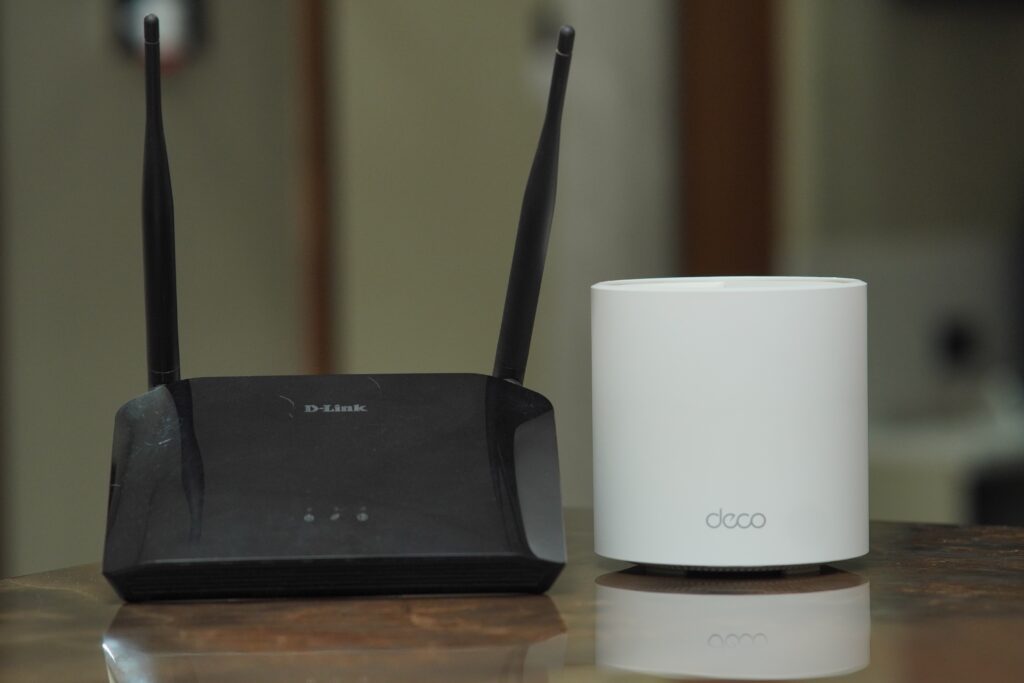In today’s fast-paced digital world, a reliable internet connection is crucial for various online activities. However, there are times when your Wi-Fi connection might slow down or experience connectivity issues. One of the most effective solutions to this problem is to restart your Wi-Fi router. In this comprehensive guide, we’ll walk you through the step-by-step process of restarting your Wi-Fi router, ensuring a faster and more stable internet connection.

Understanding the Importance of Restarting Your Wi-Fi Router
Before we delve into the technicalities of restarting your Wi-Fi router, let’s understand why this simple action can significantly improve your internet experience. Over time, Wi-Fi routers accumulate temporary data, cache, and connections that can affect their performance. Restarting the router clears these issues and allows it to start with a clean slate, leading to better signal strength and faster internet speeds.
Step 1: Locate the Wi-Fi Router and Power Source
The first step is to find your Wi-Fi router and identify the power source. Most Wi-Fi routers are standalone devices connected to a power outlet with an adapter. Ensure you have easy access to both the router and its power supply.
Step 2: Safely Power Off the Router
Once you’ve located the router and power source, gently power off the device. To do this, locate the power button or unplug the power adapter from the outlet. Wait for at least 10 seconds to ensure all residual power dissipates.
Step 3: Disconnect Modem Connections
While the router is powered off, take a moment to check the connections between your modem and the router. Ensure that all cables are securely plugged into their respective ports. This simple check can prevent connectivity issues when you restart the router.
Step 4: Power On the Router
After the brief waiting period, power on your Wi-Fi router again. If it has a physical power button, press it to turn the router back on. Otherwise, plug the power adapter into the outlet to supply power to the router.
Step 5: Wait for the Router to Boot Up
Once the router is powered on, it will take a few moments to boot up and establish connections with the devices in your network. Allow the router to complete its startup process, which is indicated by the status lights on the device.
Step 6: Reconnect Devices to Wi-Fi Network
As the router completes its startup, you can now reconnect your devices to the Wi-Fi network. Look for your network’s name (SSID) in the list of available networks on your devices. Select your Wi-Fi network and enter the password if prompted.
Step 7: Perform a Speed Test
To verify the improved performance of your Wi-Fi connection, conduct a speed test using a reliable online tool or app. Note down the results for comparison later.
Tips for Maintaining a High-Performing Wi-Fi Connection
Now that your Wi-Fi router has been successfully restarted, it’s essential to implement best practices for maintaining a high-performing Wi-Fi connection. Here are some valuable tips:
- Regularly Update Router Firmware: Manufacturers often release firmware updates to improve the router’s stability and performance. Check your router manufacturer’s website for updates and install them as needed.
- Optimize Router Placement: Place your router in a central location, away from obstructions and electronic devices that could interfere with the signal.
- Set Up Guest Networks: If your router supports it, create a separate guest network for visitors. This helps keep your primary network secure and prevents unauthorized access.
- Secure Your Wi-Fi Network: Always use a strong and unique password for your Wi-Fi network. Avoid using default passwords, as they are easily guessable.
- Limit Connected Devices: If too many devices are connected to your Wi-Fi network, it can affect performance. Disconnect unused devices or invest in a router with higher capacity.
- Invest in a Wi-Fi Range Extender: For larger homes or areas with weak signals, a range extender can improve coverage and signal strength.
